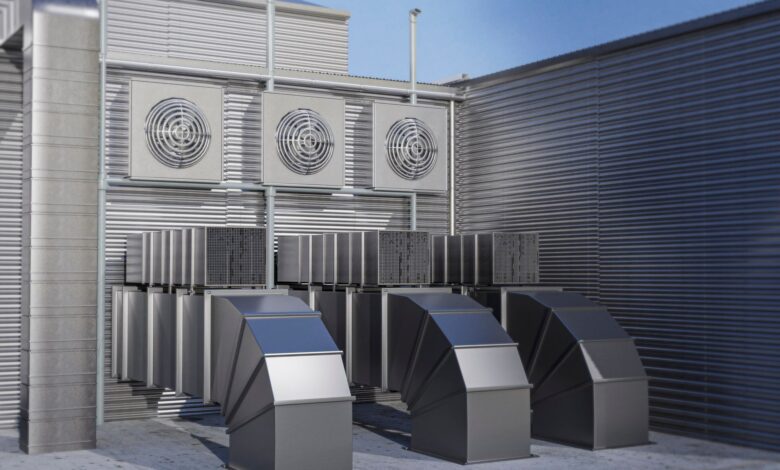How to Choose the Right Radiant Heat System for Your Home

Radiant heat system are typically installed during new construction; however, retrofitting them into existing rooms may also be possible. When retrofitting them into living rooms, adequate insulation must be placed beneath any cables or tubes installed to prevent them from burning through and being burnt by radiant heat systems.
Selecting an effective radiant heat system can have numerous quality-of-life advantages. Unfortunately, installing these systems incorrectly may be costly. After reading this blog, you can click the following link to learn even more about radiant heat.
Advantages of Installing the Right Radiant Heating System For Your Home
Numerous benefits are linked to installing the appropriate radiant heating system, such as cost-savings, energy efficiency, hassle-free installation, and low maintenance requirements.
1. Cost
Compared to forced-air heating systems, radiant floor heat tends to be more cost-effective, particularly hydronic radiant floors which use water as their medium of warmth delivery.
But the costs of radiant floor heating systems vary based on your selected plan. Electric radiant floors typically range between $8 to $15 per square foot and are installed as a supplemental heat source in bathrooms, kitchens or other smaller rooms.
Other radiant heat installation costs considerations include your home size and type, flooring material choice and thermostat requirements. Also important are thermal mass considerations – materials with high thermal mass, such as concrete, tile and specific paneling designed for radiant flooring surfaces, tend to store more heat.
2. Energy Efficiency
Radiant heat can be 10-15% more cost-effective than forced air heating due to eliminating energy loss through ducts; however, its installation requires a larger initial investment.
Frank Lloyd Wright famously used copper pipes buried under the concrete floors of his Usonian homes to provide radiant heat. Still, nowadays, plastic PEX tubing is the go-to way of providing hydronic radiant heating to your home. For increased responsiveness (and savings!), consider an option such as Warmboard, which uses aluminum – 232 times more conductive than concrete!
Electric radiant systems consume very little electricity and can be combined with solar panels or ground-source heat pumps for maximum efficiency. Furthermore, radiant heat systems are quiet compared to the hum of forced air systems. They won’t spread allergens throughout your home, which may be especially important for people with allergies. Electric radiant heat systems make for the perfect green building solution while helping reduce environmental footprint; installing one in an existing house makes it feel brand new!
3. Easy Installation
Radiant heating systems can be easily integrated into new home construction or retrofitted during renovations of existing floors. To ensure the system performs as intended, it’s essential to hire a trustworthy radiant contractor when installing one.
Your energy requirements and budget should be integral when selecting an ideal radiant floor heating system. A large home may require a more powerful radiant floor heating system than a smaller home; usually, hydronic systems using hot water delivered via tubing provide optimal results for most homes.
Hybrid systems that combine water and electricity are becoming increasingly popular. These hybrid systems utilize electric matting underneath finish floor coverings such as tile for easy installation.
4. Low Maintenance
Radiant heating has existed for centuries, yet many still consider it complex or expensive. While this might be true at first glance, radiant heat systems can be just as straightforward to run and offer significant energy savings over forced air systems.
Radiators can be powered either with hot water or electricity; the most popular system uses the hot-water “hydronic” approach, whereby heated water circulates through an underground network of tubing from a boiler and distributes to individual radiators.
Hydronic radiant systems should utilize materials with high thermal masses, such as concrete, tile or unique wood paneling that store and radiate heat effectively; carpeting acts as an insulator that may inhibit heat energy transfer.



